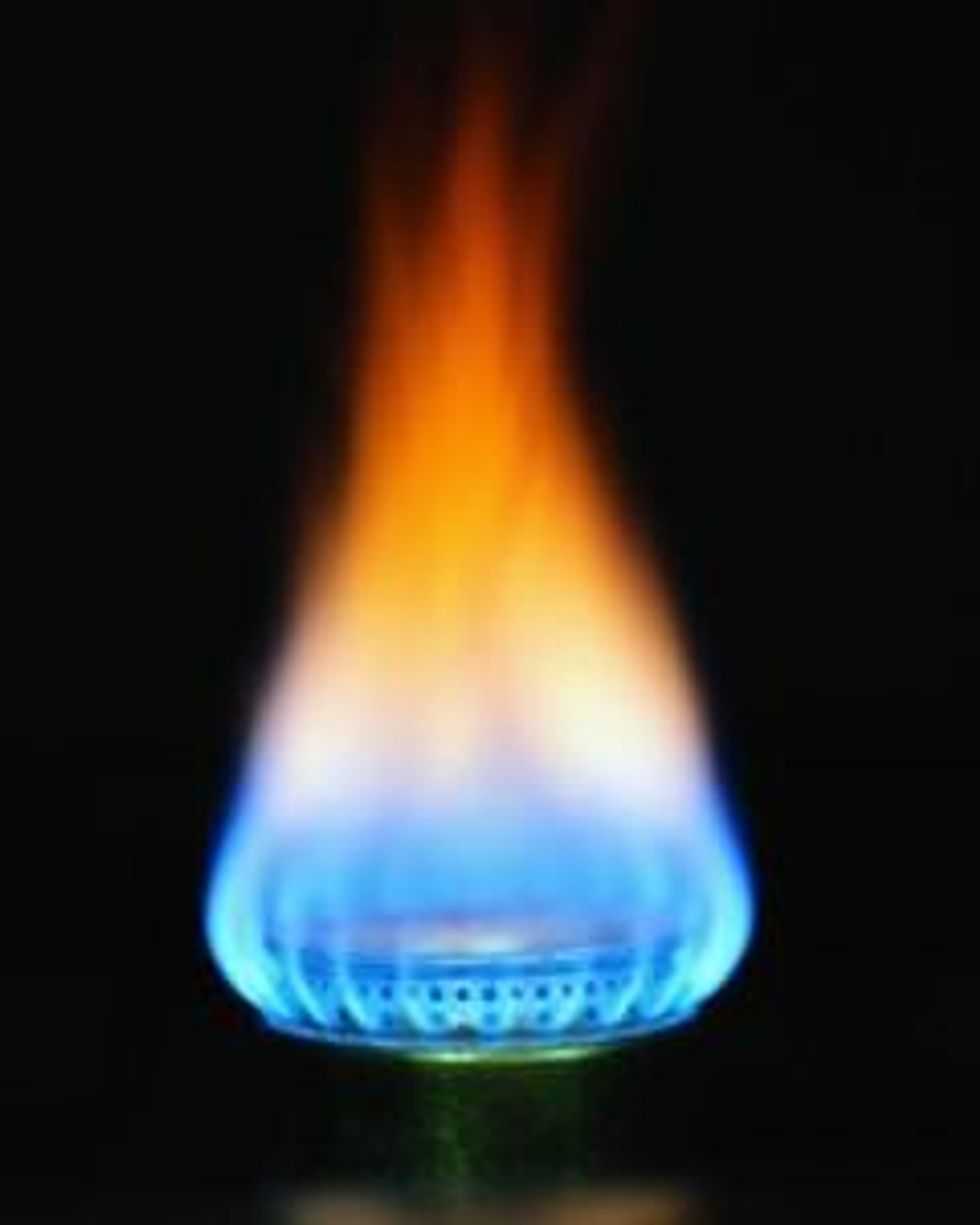Shale gas has already been dubbed a ‘game changer’ for US energy markets – these three hotspots may prove to be just as fruitful.
Though gas still plays second fiddle to oil in the energy markets, the discovery in recent years of massive gas deposits and a rising demand for a cleaner, cheaper alternative to crude oil, has potentially put the gas industry in a position to eventually take over as the primary provider of energy across the globe.
One of the most significant factors behind this promising outlook is the emergence of shale gas, which is thought to exist in vast quantities in certain regions, but until recently has been neither technically possible to recover, nor commercially viable to extract.
With technological advances, however, shale gas has already been dubbed a ‘game changer’ for US energy markets, and commercial production is currently underway at major deposits such as the Marcellus and Barnett shales.
To get a better idea of where the next big shale plays might surface, here is a brief look at three exploration hotspots in China, Argentina and Mexico.
China
Of the estimated 6,622 trillion cubic feet (tct) of global shale gas reserves, 1,275 tcf are in China, which are 400 tcf more than total US shale deposits. Gas currently makes up only around 3 percent of energy used in China, but the government’s current five-year economic plan for 2011-2015 has targeted shale gas as a priority for energy development and investment, with hopes to boost consumption of gas to 10 percent by 2030. To that end, Chinese state-owned energy companies have been investing in North American shale gas projects in order to gain access to the technology and methods required to drill shale wells, and the Ministry of Land Resources will also auction off the rights to at least 8 onshore exploration blocks this year, covering more than 18,000 square kilometers in Sichuan, Chongqing, Hebei and Guizhou.
Up to now, Royal Dutch Shell (NYSE:RDS.A) (LON:RDSA) is the only major foreign firm to have carried out significant shale gas exploration in China, with current operations in the Changbei field in Inner Mongolia and Shaanxi, as well as the Fushun field in Sichuan. Among Chinese companies, PetroChina Co. Ltd. (NYSE:PTR) stands to gain the most from the push for shale gas. As the listed branch of China National Petroleum Corp., Petrochina dominates the country’s gas industry, producing 80 percent of the total output.
Argentina
A relatively modest producer of oil and gas, Argentina is believed to be home to the third largest reserves of shale gas in the world at 774 tcf. The bulk of these deposits are in the Southern Patagonian region where a majority of oil and gas operations are already located. Some of the largest discoveries have been in the Vaca Muerta and Los Molles shales of the Neuquen Basin, which are thought to contain 250 tcf of gas. YPF (NYSE:YPF), an Argentinian company owned by Repsol YPF (PINK:REPYY) of Spain, is one of the main operators in the Neuquen, and is involved in partnerships with most of the foreign firms currently carrying out explorations in the basin, which include American giants Exxon Mobil Corp. (NYSE:XOM) and Total (NYSE:TOT) of France, as well as smaller companies such as American Petrogas Inc. (TSXV:BOE) and Apache Corp. (NYSE:APA).
A further promising factor for shale prospects in Argentina is the nature of the rock formations under exploration. Barclay Hambrook, CEO of American Petrogas has stated that “the shales are 2 or 3 times as thick as in North America, which can mean greater production volumes.”
Mexico
Mexico also possesses significant deposits of shale gas, lying at the southern end of the large fields that stretch across Texas. Shale reserves in Mexico are estimated at 681 tcf, and are located in the North of the country as well as ringing the country’s Gulf coast. State-owned Petroleos Mexicanos (Pemex), which enjoys a monopoly on all oil and gas operations in Mexico, recently announced its first production from the Eagle Ford shale formation in the Coahuila region close to the US border. Pemex is now looking into two other Coahuila formations, the La Pena and Glenrose shales, and should these also prove fruitful, further exploration is expected in the Chihuahua and Burgos regions in the North and in Tampico-Misantla and Veracruz along the Eastern coast.
The problem as always with Mexico, however, is access to the oil and gas sector dominated by state-owned Pemex, who have been the sole operator in the country since the nationalization of the petroleum industry in 1938. President Felipe Calderon has reaffirmed that Pemex will not be going public anytime soon, but a court ruling in December of last year now permits Pemex to enter into partnerships with foreign companies – Gulf of Mexico regulars Exxon Mobil and BP (NYSE:BP) (LSE:BP) are believed to be interested, as is Repsol.






